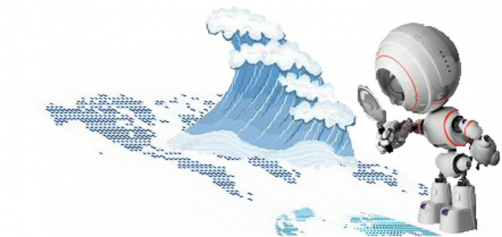ECONOMICS
Chinese prof Jingjia uses AI to predict ocean waves

Artificial intelligence methods may become a new development direction for ocean wave prediction.
The ability to model and predict the size of ocean waves is important for the fishing industry from both logistic and economic perspectives. Essentially, the bigger the waves, the more expensive the fish. Existing ocean wave models use numerical methods to solve the equations of wind wave action and ocean wave energy to obtain future predictions of ocean waves. However, although good results can be achieved, such models require large amounts of computing resources and are time-consuming and costly. But is there an alternative method that could make wave predictions more quickly whilst at the same time ensuring roughly the same level of accuracy?c
Professor Luo Jingjia and researchers from the Climate and Applied Frontier Research Institute (ICAR) of Nanjing University of Information Science & Technology (NUIST) attempted to solve this problem based on their recent preliminary work on using artificial intelligence (AI) methods to predict ocean waves.
“By comparing several methods, our two-stage ConvLSTM model demonstrates good accuracy in predicting ocean waves,” says Professor Luo. “We also conducted real-time experiments and found that the effect of using the winds predicted by the model as a substitute was also good.”
“Next, we plan to integrate our AI model into the NUIST climate forecast system model by using the winds predicted by it as the input of the AI model to predict ocean waves, which will be more economical and time-saving than operating the ocean wave model,” adds Professor Luo.
